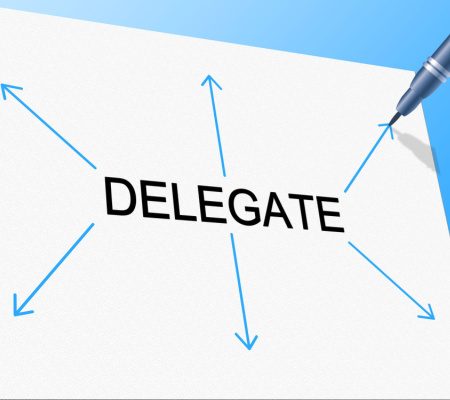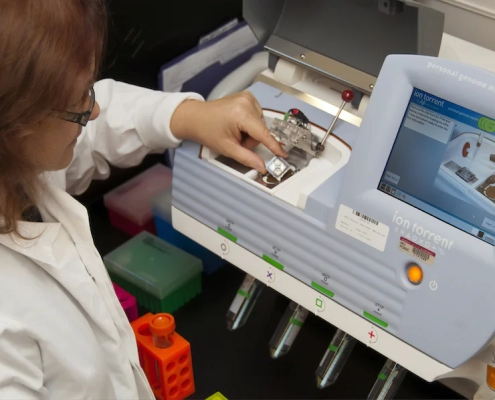The Surprising Benefits of Dedicated Resources
 Operational employees who come and go from a project are a common challenge for project managers. Due to their day-to-day business responsibilities, project tasks can become “when time allows” activities — which makes managing a project schedule difficult. Not only do dedicated project team members avoid this situation, they also come with these other surprising benefits:
Operational employees who come and go from a project are a common challenge for project managers. Due to their day-to-day business responsibilities, project tasks can become “when time allows” activities — which makes managing a project schedule difficult. Not only do dedicated project team members avoid this situation, they also come with these other surprising benefits:
-
Improved project bottom line. Dedicated resources often complete their tasks faster, which could shorten your project timeline. Dedicated resource might cost more per hour, but fewer hours could reduce your labor cost. Completing a project faster also delivers business benefits sooner, such as increased revenues or reduced operational costs.
-
Reduced risk for the business. Operational personnel assigned to project tasks takes the most experienced eyes off the business. As a result, operational risks could be overlooked, resulting in business issues. On the project side, complex tasks require focus. And switching between project and operational issues shatters that focus. So, the quality of the project’s products could be affected.
-
Dedicated contractors have the right skills and reduce labor costs. Operational employees don’t necessarily have the best skillsets to create project deliverables. Consider contractors instead. Contractors with the right skills can improve and accelerate your project delivery. And because they join the project only for the time needed for their tasks, your project labor costs are less.
-
Operational knowledge is still available. Your dedicated team members can interview or shadow operational employees. That way, they can get first-hand knowledge of business operations and apply that knowledge to your project deliverables.
If you have used dedicated resources on your projects, have you received other unanticipated benefits? Or maybe you have questions about acquiring and using contractors. Either way, share with us in the comments section.
For more about project resources, check out my Project Management Foundations course.
Coming Up
Do you have questions about careers in project management? Will I like being a project manager? What skills do I need? What about education? How do I get experience? Are certifications worth it and what do I need to do to earn them? What are the possible career paths? Chris Croft and I co-authored the course How to Launch a Career in Project Management to answer all these questions – and many more. For this Office Hours event, we want you to watch the course FIRST. Then, if you still have questions, join us in this event to ask questions we didn’t answer.
_______________________________________
This article belongs to the Bonnie’s Project Pointers newsletter series, which has more than 48,000 subscribers. This newsletter is 100% written by a human (no aliens or AIs involved). If you like this article, you can subscribe to receive notifications when a new article posts.
Want to learn more about the topics I talk about in these newsletters? Watch my courses in the LinkedIn Learning Library and tune into my LinkedIn Office Hours live broadcasts.
_______________________________________









